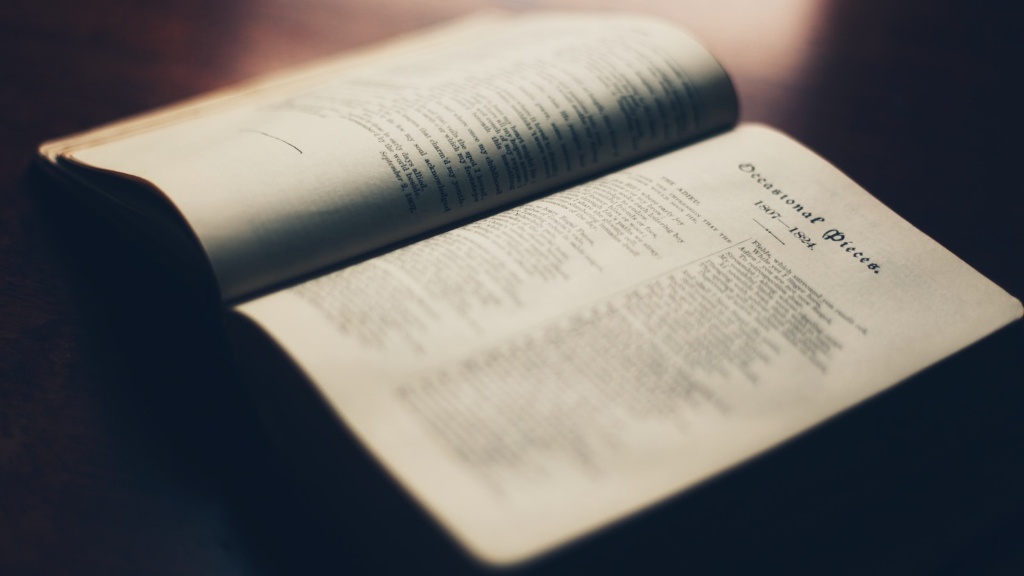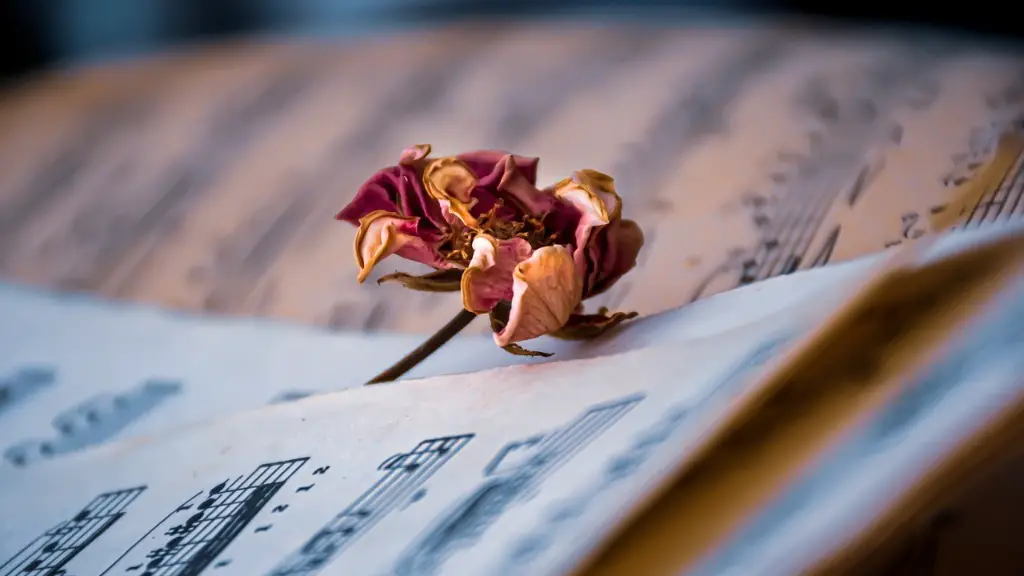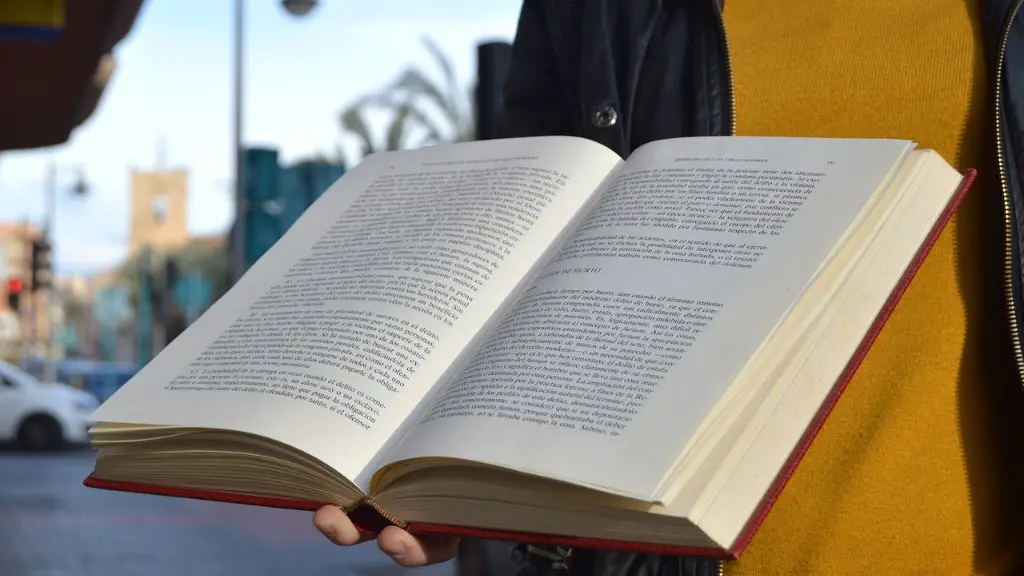A Christmas Greeting Walt Whitman
Walt Whitman’s poem “A Christmas Greeting” is a captivating and thought-provoking piece of literature that celebrates Christmas by emphasizing the joy, peace, and happiness associated with the holiday. Within the poem, Whitman expresses his fondness for the holiday season and hopes that it brings the same merriment to everyone the world over. He talks of how the season and its traditions bring us closer together and remind us of our common humanity.
Whitman’s poem is a captivating exploration of the enchanting atmosphere of Christmas. He speaks of everything from the gifts, decorations and ballads that are so synonymous with the holiday to the magical and spiritual atmosphere that is so unique to this time of year. He uses musical imagery to depict the joyous atmosphere of the holidays – such as singing “merry Christmas carols” and the significance of songs in the traditional Christmas celebration. He also employs descriptions of objects like fir trees and snow-covered hills, which evoke a sense of winter’s chill in the reader’s mind.
Many of Walt Whitman’s works, including “A Christmas Greeting”, demonstrate his sense of wonder at the beauty of humankind and our potential for good. He encourages the reader to take joy in the season and appreciate the celebration of Christmas as a meaningful event that transcends the triviality of everyday life. Although we may often find ourselves of differing opinions, beliefs, and backgrounds, we are all united through the shared experience of life.
Celebrations Around the World
Christmas is celebrated all around the world in various ways, with each culture bringing its own unique customs and traditions. In countries like the United States, the holiday centers around the exchanging of presents and family time, while in other countries like the United Kingdom, traditional winter games such as tumpline and mummering are part of the festivities in addition to the wintry decorations. In Scandinavia, Europe and Asia, the Santa Claus figure is known by various different names, such as “Jultomten” in Sweden and “Laternula” in Japan.
No matter where you are in the world, the spirit of Christmas remains the same. For most people, it is a time of joy, generosity, gratitude and reflection. Walt Whitman seems to understand this, and in “A Christmas Greeting”, he expresses that simple truth in his poetry. It is the same spirit that brings us closer together, no matter our differences.
In countries across the globe, people exchange presents and make merry; festivals, parties and get-togethers abound. While many continue to sing carols like “Silent Night” and “Joy To The World”, some enjoy newer songs that are composed as part of the holiday season too. It is difficult to ignore the beauty and enchantment of the winter season, and it is Walt Whitman’s poem that allows us to take part in these moments and appreciate them in their full glory.
The Symbolism of the Christmas Tree
In many countries around the world, one of the most recognizable symbols of Christmas is the Christmas tree. From its early beginnings as a pagan fertility symbol to its iconic status as a symbol of winter festivals, the Christmas tree has remained a staple in Christmas celebrations in many countries. For most people, it is also a symbol of unity and peace, as families and friends gather around it to exchange presents and take part in the festive joy.
Walt Whitman speaks of the Christmas tree in “A Christmas Greeting” and its symbolism is one of the key messages of the entire poem. He writes about the twinkling lights, how it pierces the sky, and how the fire of joy and love glows from within it. For him, the tree helps to create a reminder of the unity of humankind, and the spirit of giving that comes with Christmas.
Today, while the traditional Christmas tree continues to be celebrated, modern environmental trends have introduced new types of decorations such as a live Christmas tree. Furthermore, some countries, such as Finland, even have their own symbolic tree. This illustrates the fact that Christmas is still a very important holiday, not only for religious reasons but also for the spirit of unity and peace that it promotes.
Whispers of Joy
It is not difficult to understand why Walt Whitman found joy in the Christmas season and why he chose to write “A Christmas Greeting.” For him, the beauty of the lights and decorations, the joyousness of carols, and the spirit of giving and togetherness is what truly embodies the holiday season. His poem speaks of the whispers of joy that Christmas brings to all of us, even during the darkest of times.
The poet also speaks of the gifts and presents that are exchanged during this time of the year, as a reminder of our common humanity and shared bond. As Whitman puts it in “A Christmas Greeting”, “Balance your gifts of love,” meaning that we should equalize our acts of kindness, benevolence, and ultimate goodwill for those we share this world with. His poem concludes with a heartwarming reminder, “Greet all the world in bliss!”
The Significance of Christmas Poems
The Christmas season has long been a beloved time of year for art and literature, as many of the world’s greatest writers and poets have used the season as a source of inspiration for their works. Poems have been used as a medium to express the joy and delight of Christmas, as well as its spiritual side, since the 19th century. Walt Whitman is one of the most renowned writers and poets of his time, and “A Christmas Greeting” stands out as a emotive and insightful holiday poem.
Christmas poetry provides us with an opportunity to take a moment to think about the importance of the season, as well as its historical and spiritual aspects. Walt Whitman’s poem is unique in that it celebrates Christmas with an outlook that transcends the trivialities of everyday life and encourages us to appreciate the season for its potential for unity and goodwill. It is a reminder that no matter the joys and sorrows we experience on a daily basis, we can still take moments to take part in the holiday cheer and make merry.
Intergenerational Human Connections
Walt Whitman’s poem encourages us to take part in the traditional customs of the season, such as exchanging gifts, drinking eggnogs, singing carols and gathering around a fire. These moments of togetherness help to build stronger intergenerational connections and remind us that everyone has a part in the festive period.
Today, Christmas has become an important event in many regions around the world, with people of different religious and cultural backgrounds gathering together to celebrate the season. This universality is something that Walt Whitman captures in “A Christmas Greeting.” He talks of how our shared experiences bring us closer together, irrespective of background. In this way, our individualities form part of the delightful whole that comes with this season of joy and goodwill to all.
Decorations and Symbolism of the Season
Christmas decorations are often an important part of the holiday season. From the traditional images of Santa Clause and snowflakes to more modern lighting displays, these decorations create a festive atmosphere in our homes and offices. These decorations often come to symbolize Christmas, conveying the essence of the season to us in a visual way. This visual representation allows us to appreciate the universality of the season, as well as the individual customs it consists of.
In “A Christmas Greeting,” Walt Whitman talks of decorations like candles, which create a unique atmosphere in which to celebrate the season. This imagery stands out as a representation of everything we love about Christmas – serenity, warmth and peace. He also speaks of ornamental bells and stars, which possess their own significance in the Christmas celebrations. Bells are commonly seen as a sign of joy and cheer, while stars are symbolic of the spiritual side of the season – the hope and anticipation of a new beginning.
The Power of Christmas Traditions
Christmas is a time of tradition, and in many places around the world, these traditions continue year after year. From iconic meals like roast turkey to the exchanging of gifts, these customs have become integral to the festivities. In “A Christmas Greeting”, Walt Whitman speaks of some of these practices, celebrating the joy of sharing with each other and the significance of uniting people across cultural and religious lines.
Christmas traditions enable us to create a shared identity and deepen our bond with each other. They provide a sense of security and comfort, reminding us of what we have in common as humanity while celebrating our individuality. In this way, modest traditions can have a great impact in our lives, and Walt Whitman captures this in his poem.
Conclusion
Walt Whitman’s “A Christmas Greeting” is a powerful piece of writing that conveys the magic and beauty of the season. A celebration of unity, family, and goodwill, the poem encourages us to reflect on our common humanity and the joy of celebrating together. From its captivating musical imagery to its symbolic representation of Christmas, the poem is a reminder of the power of the season and its capacity to bring us together.





